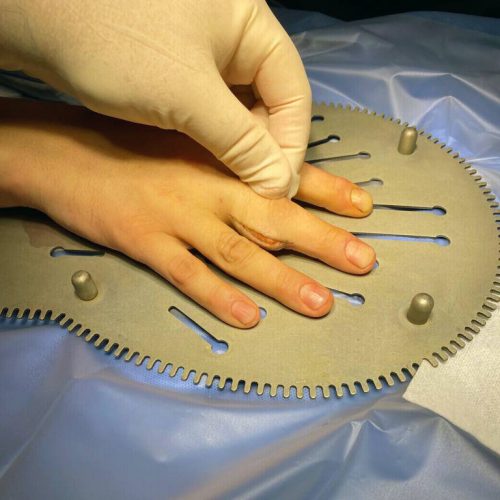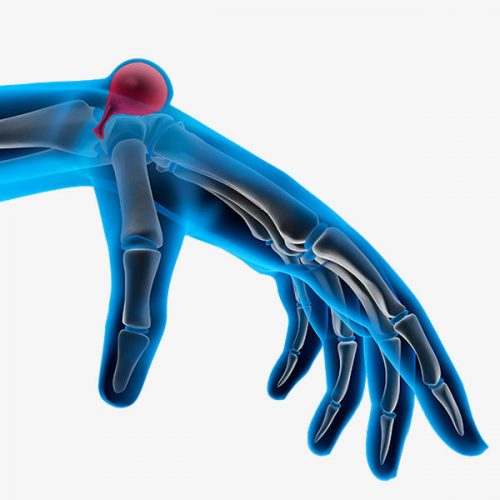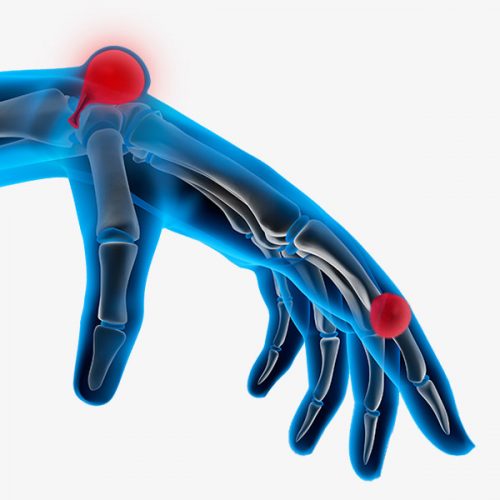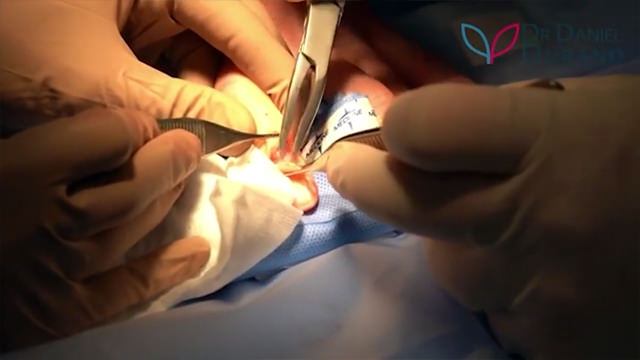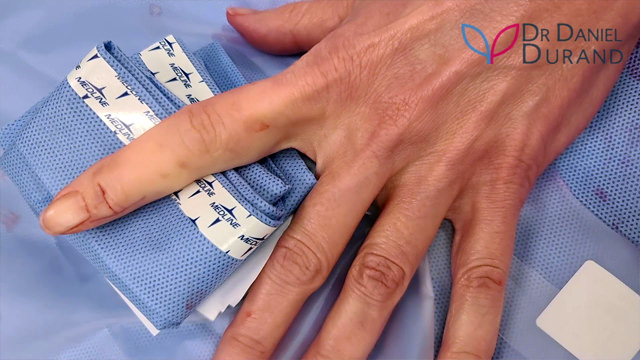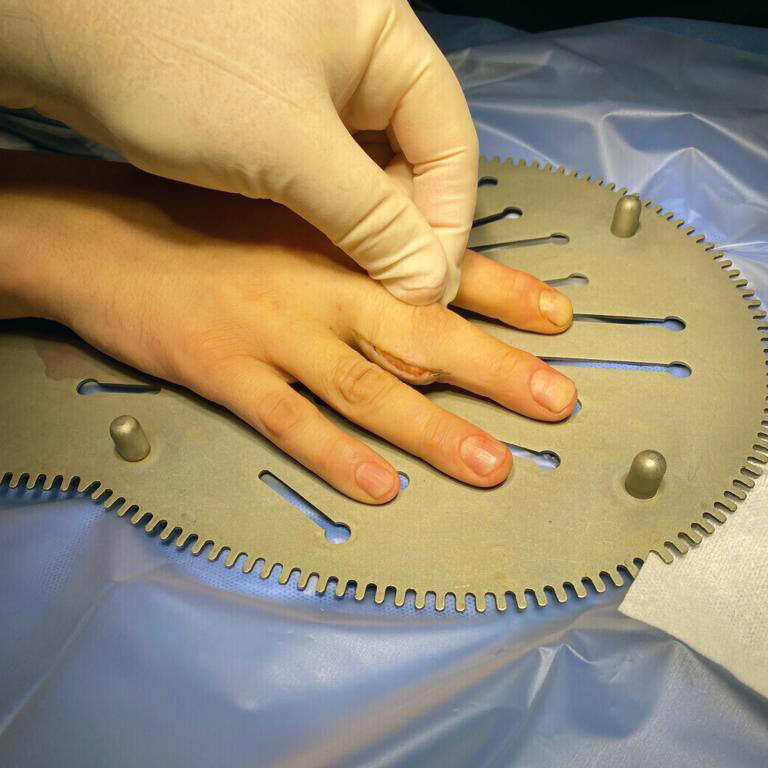



Excision for hand, wrist or finger tumors
If you have symptoms of hand, wrist & fingers tumor, Dr. Durand offers effective treatments to release your condition.
PROCEDURE
A careful history and physical exam performed by a hand surgeon can narrow down the possibilities as to the type of tumor a patient has. X-rays might be taken if there is concern about bony involvement or to evaluate the soft tissue.
Typically, treatment with the lowest recurrence rate involves surgically removing the tumor. Excising the tumor also allows a pathologist to analyze it and determine exactly what type it is with reasonable certainty. Surgery can frequently be done on an outpatient basis and may not require a general anesthetic. Risks and benefits should be discussed with the surgeon. Most tumors can be cured with surgery.
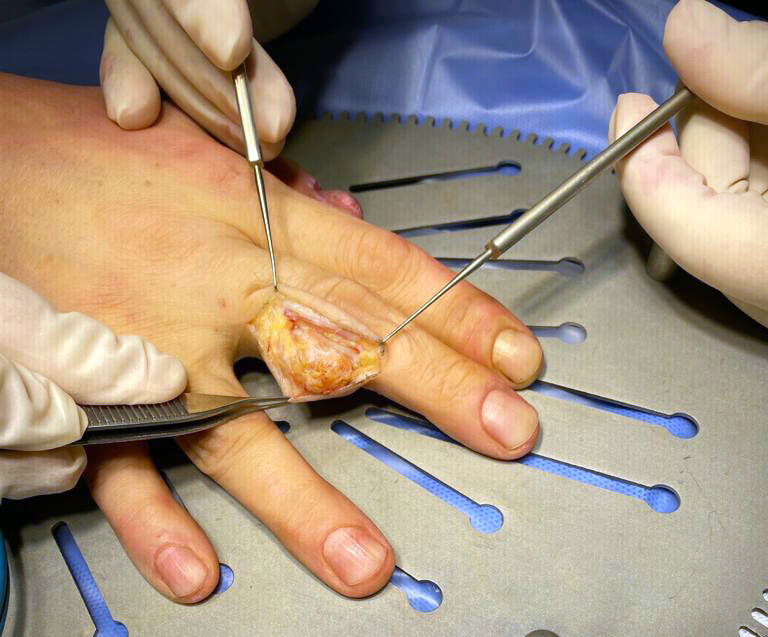
Conditions treated:
HOW IS IT DONE
Surgery involves making a small incision to remove the tumor as well as part of its “root,” which is the part of the tumor that connects it to the joint or tendon sheath. The surgery is usually done as an outpatient procedure under local or regional block anaesthesia.
The surgery lasts between 20 and 30 minutes; following which a dressing is applied, and the patient is allowed to go home. Use of the hand after surgery is allowed with some modifications. Basically we ask that you not use the hand forcefully for 2 to 3 weeks after surgery. Judicious use of the end is allowed within the first week after the procedure.
IF YOU ARE CONSIDERING TREATMENT FOR HAND TUMOR, DR. DANIEL DURAND WILL GUIDE YOU, FROM CONSULTATION TO RECOVERY, TO THE BEST TUMOR EXCISION PROCEDURES FOR YOUR INDIVIDUAL NEEDS.
POTENTIAL RISKS AND COMPLICATIONS
As with any surgery, tumor removal can cause infection. You may experience an allergic reaction to the anesthesia used in the removal, or to the stitches used to seal the removal site. Other possible risks include:
- sensitivity around scar tissue
- injuries to surrounding tendons, nerves, or ligaments
- losing the ability to move the wrist, hand or fingers normally
Most likely, you’ll heal quickly and without difficulty after a tumor removal.
RESULTS
Once the cyst is gone:
- Painless movement is restored
- Healthy skin regrows
- Pain is lessened
Recovery varies from case to case, depending on the type and severity of your hand tumor. Your physician will discuss your unique situation with you during your consultation and after your surgery.
CONTACT US ONLINE TODAY TO LEARN MORE ABOUT TUMOR EXCISION PROCEDURE.
DR. DANIEL DURAND HELPS MEN AND WOMEN FROM MONTREAL AREA TO ENJOY A PAIN-FREE LIFE AGAIN THROUGH THIS PROCEDURE.

